21 Tasty Nicaraguan Foods You Need to Explore
Nicaraguan cuisine captures the vibrant essence of Central American culinary traditions with its rich, hearty flavors.
The food reflects a complex tapestry of indigenous, Spanish, and Creole influences that dance across every plate.
Regional ingredients transform simple meals into extraordinary cultural experiences that connect people through shared tastes and memories.
Nicaraguan dishes showcase remarkable diversity, blending fresh produce, robust meats, and traditional cooking techniques passed through generations.
Local cooks infuse each recipe with passion, creating meals that tell stories of landscape, history, and community.
Intense combinations of spices, textures, and colors make these foods more than mere sustenance - they represent a celebration of national identity.
Travelers and food enthusiasts will find deep satisfaction in understanding these 21 popular nicaraguan foods that promise authentic gastronomic adventures:
Popular Nicaraguan Foods That Tell a Story
Nicaraguan kitchens blend local produce and tradition. Each recipe offers a taste of place and a sense of celebration.
Tres Leches Cake
Tres leches cake dominates dessert tables with its signature ultra-moist texture soaked in three milks: evaporated, condensed, and whole milk.
Nicaragua claims birthright to this luscious sponge cake that spread rapidly across Central America and beyond.
Mexican bakeries popularized the recipe, transforming it into a celebration staple at weddings, birthdays, and family gatherings.
Milk companies originally printed the recipe on their cans to boost product sales, inadvertently creating a marketing phenomenon.
European and United States restaurants quickly adopted the sweet treat, making it a global sensation.
Bakers carefully prepare the base as a light sponge cake with a delicate crumb.
Sweetened milk mixture completely saturates the cake, creating an incredibly rich and creamy dessert.
Whipped cream traditionally crowns the cake, adding a final layer of decadent smoothness.
Vaho
Vaho is a quintessential Nicaraguan steamed meat dish packed with robust flavors and cultural significance.
Nicaraguans wrap tender beef, yuca, and plantains in banana leaves before slowly steaming the ingredients to create a hearty meal.
Steam cooking transforms the ingredients into a mouthwatering combination that melts in your mouth with rich, earthy notes.
Onions and peppers often enhance the dish's complex flavor profile during preparation.
Weekend gatherings frequently feature vaho as a centerpiece meal, especially on Sunday afternoons.
Traditional accompaniments like curtido (spicy cabbage relish) complement the steamed meat and vegetables.
Banana leaves infuse subtle herbal undertones into the meat during the cooking process.
Nicaraguan families have passed down this cherished recipe through generations, celebrating their culinary heritage with each bite.
Gallo Pinto
Gallo pinto represents a savory rice and beans staple that dominates breakfast tables across Costa Rica and Nicaragua with its distinctive speckled appearance resembling a spotted rooster.
This hearty dish combines red or black beans with rice, creating a flavorful base enhanced by sautéed onions, peppers, and fresh cilantro.
Nicaraguan interpretations might include different spice blends or additional ingredients.
Families traditionally prepare gallo pinto as a morning meal, frequently accompanying eggs, plantains, or local meats.
Generations have passed down recipes, maintaining the cultural significance of this simple yet satisfying national dish.
Indio Viejo
Indio viejo reveals Nicaragua's culinary heritage through a robust stew blending shredded beef, ground tortillas, and vibrant vegetables.
Indigenous roots trace this dish back to pre-Columbian times when native Central American proteins originally formed its base.
Authentic preparation involves soaking corn tortillas until soft, then grinding them into a thick dough.
Cooks carefully fry beef with garlic, onions, sweet peppers, and tomatoes, creating a rich flavor profile.
Achiote paste contributes a distinctive reddish color and earthy undertones to the mixture.
Nicaraguan families traditionally serve this hearty meal during gatherings and special occasions.
Spanish colonial influences subtly transformed the original indigenous recipe over generations.
Guirila
Cachapas are traditional Venezuelan corn pancakes bursting with authentic flavor and culinary heritage.
Sweet yellow corn kernels ground into a smooth batter create these golden-brown discs that melt in your mouth.
Street vendors and home cooks across Venezuela craft these versatile treats using fresh corn, salt, sugar, and optional ingredients like butter or cheese.
Nicaraguan versions uniquely cook between banana leaves, adding distinctive regional character.
Modern adaptations include filling cachapas with queso de mano, a soft white cheese that complements the corn's natural sweetness.
Griddled or fried, these pancakes serve as a quick breakfast or satisfying snack.
Each bite connects you to generations of Latin American cooking traditions.
Nacatamal
Nacatamal are hearty Nicaraguan tamales packed with complex flavors and cultural significance, traditionally crafted by folding corn dough around tender pork or chicken and a medley of ingredients like bell peppers, potatoes, and mint.
Steamed carefully in plantain leaves, these savory parcels emerge with a rich, aromatic profile that reflects Nicaragua's culinary heritage.
Families often prepare nacatamales during weekend gatherings, serving them alongside fresh bread and strong coffee for a satisfying breakfast.
Native Nahuatl language influences the dish's name, combining "nacatl" (meat) and "tamalli" (tamale) to describe this traditional meal.
Professional cooks meticulously layer ingredients to ensure each bite delivers maximum flavor and texture.
Weekend markets and home kitchens buzz with nacatamal preparation, making the dish a cherished social experience.
Stuffed Eggplants (Berenjenas Rellenas)
Berenjenas rellenas embody Spanish culinary creativity through stuffed eggplants brimming with flavorful ingredients.
Mediterranean kitchens transform these purple vegetables into savory masterpieces by carefully hollowing and filling them with diverse combinations.
Meaty versions frequently blend ground pork and beef with aromatic vegetables like tomatoes, zucchinis, and peppers.
Classic seasonings including garlic, oregano, thyme, and rosemary elevate the dish's rich profile.
Spanish cooks often incorporate rice or additional vegetables to create balanced, satisfying meals.
Traditional recipes pass through generations, maintaining authentic preparation methods.
Each serving represents a delicious exploration of Spanish home cooking traditions.
Vigoron
Vigoron is a hearty Nicaraguan street food featuring crispy chicharrones, boiled yucca, and fresh vegetable toppings that originated in Granada during 1914.
Maria Luisa Cisneros Lacayo, nicknamed La Loca, first created this quick and satisfying dish for unexpected guests.
Street vendors traditionally serve vigoron on banana leaves, combining fried pork rinds with chopped cabbage, onions, and tomatoes.
Nicaraguan culinary tradition considers mimbro, a tangy cucumber tree fruit, an essential ingredient for authentic preparation.
You can enjoy this zesty dish as a complete meal with contrasting textures and bold flavors.
Locals frequently prepare vigoron as a fast, filling meal that showcases Nicaragua's vibrant food culture.
Travelers often seek out this iconic street food as a memorable taste of Nicaraguan cuisine.
Rosquillas
Rosquillas are traditional Spanish deep-fried donuts bursting with cultural significance during Holy Week celebrations.
These fluffy pastries feature a distinctive hole in the center and emerge from a rich culinary heritage.
Spanish bakers craft them using a delightful blend of eggs, sugar, milk, oil, lemon zest, flour, baking powder, and anisette for a distinctive flavor profile.
Moscatel wine variations add another layer of complexity to these sweet treats.
Regional differences create multiple rosquilla styles across Spain's diverse culinary landscape.
Bakers deep-fry the dough until golden and crispy, resulting in a perfect texture.
Cinnamon sugar coating provides a final touch of sweetness.
Generations have enjoyed these festive donuts as a beloved Spanish dessert.
Pio Quinto
Pio quinto represents a luxurious Nicaraguan rum-soaked custard cake steeped in cultural tradition, crafted with a unique blend of flour and toasted white cornmeal that creates a rich, distinctive texture.
Religious celebrations like Christmas often feature this dessert, which gains complexity from optional raisins and prunes mixed into its soft base.
Rum generously drenches the cake, infusing deep flavor and moisture throughout its delicate layers.
Cinnamon dusts the surface, adding warmth and aromatic depth to each slice.
Historical records suggest the cake's name originates from Pope Pius V, linking culinary artistry with religious significance.
Nicaraguan families have cherished this sweet treat for generations, passing recipes from one generation to another.
Regional baking techniques contribute to its unique character and beloved status.
Sweet and spirited, pio quinto embodies Nicaragua's rich dessert heritage.
Cosa De Horno
Cosa de horno represents a beloved Nicaraguan corn-based bread cherished across generations for its unique sweet-savory profile.
Nicaraguan families traditionally prepare these rustic baked goods using finely ground corn blended with fresh cheese and sugar.
Soft and slightly crumbly, these breads emerge golden brown from traditional ovens with a delicate texture.
Each region adds its signature twist to the recipe, reflecting local culinary traditions.
Corn serves as the fundamental ingredient, creating a rich base for these comforting treats.
Bakeries and home kitchens take pride in perfecting their distinctive recipe.
Street vendors and family gatherings often feature these aromatic breads as a popular snack or breakfast item.
Carne Desmenuzada
Carne desmenuzada represents a mouthwatering Nicaraguan specialty featuring shredded beef simmered and fried with aromatic seasonings.
Beef forms the core ingredient, slowly cooked until supremely tender and then meticulously pulled apart into fine strands.
Worcestershire sauce, mustard, and tomato sauce create a rich, complex flavor profile that elevates the dish beyond simple meat preparation.
Nicaraguan home kitchens typically season the meat with salt, pepper, and a touch of sugar for balance.
Restaurants and street vendors often serve carne desmenuzada alongside rice, beans, or tortillas for a complete meal.
Small details like precise cooking time and seasoning ratios distinguish an exceptional version of this beloved national dish.
Maduro En Gloria
Maduro en gloria highlights Nicaragua's ingenious dessert transforming ripe plantains into a decadent casserole bursting with creamy sweetness.
Nicaraguan kitchens craft this traditional treat by frying plantain slices until golden brown and perfectly caramelized.
Layers of rich queso fresco melt between plantain slices, creating a luxurious texture that balances sweet and savory notes.
Eggs, milk, sugar, butter, and cinnamon blend into a silky custard that bathes the crispy plantains.
Each serving offers a warm, comforting experience that celebrates the country's culinary creativity.
Simple ingredients combine to produce an unexpected dessert that surprises and delights.
Arroz Con Pescado
Arroz con pescado is a quintessential Nicaraguan seafood rice dish originating from Leon that blends fresh fish with aromatic ingredients.
Nicaragua's coastal communities traditionally prepare this flavorful meal using common snook or snapper, expertly shredding the fish into rice studded with ripe tomatoes.
Spearmint and bitter oranges provide a distinctive flavor profile that elevates the dish's complexity.
Regional cooks carefully select marine or freshwater fish, ensuring the protein remains tender and succulent.
Nicaraguan families often serve this one-pot meal during gatherings, celebrating local culinary traditions.
Mediterranean and indigenous cooking techniques influence the preparation methods.
Ayote En Miel
Ayote en miel is a sweet Nicaraguan and Guatemalan dessert starring squash transformed into a caramelized, aromatic delicacy.
Pumpkin or winter squash slowly simmers in a rich sugar syrup infused with warm spices like cinnamon, ginger, and allspice.
Families often prepare this dessert during harvest seasons when squash is abundant.
Guatemalan and Nicaraguan households serve ayote en miel as a comforting after-dinner treat or special occasion dessert.
Generations have passed down the recipe, maintaining its authentic preparation method.
Minimal ingredients create a deeply satisfying sweet with complex flavor profiles.
Sugar caramelization gives the dish its signature golden-brown color and intense sweetness.
Perrerreque
Perrerreque represents a beloved Nicaraguan corn cake blending sweet and savory flavors through a simple yet ingenious recipe.
Rural families traditionally prepare this rustic dish using fresh cornmeal, crumbly cheese, and minimal ingredients.
Nicaraguan home kitchens transform basic cornmeal into a rich, golden cake with subtle sweetness and dense texture.
Sugar and butter enhance the corn's natural richness, creating a comforting treat enjoyed during family gatherings.
Baking soda helps the cake rise, giving it a soft, tender crumb that melts in you mouth.
Each slice carries memories of countryside kitchens and generations of cooking traditions.
Bakers mix ingredients quickly, pouring the batter into greased pans for even baking.
Arroz Aguado
Nacatamal represents Nicaragua's quintessential one-pot culinary marvel, transforming simple ingredients into a rich, dense stew where rice absorbs the savory essence of chicken or pork.
Nicaraguan families traditionally prepare this hearty dish with tender meat, ripe tomatoes, sweet onions, and aromatic bell peppers.
Garlic and fresh mint infuse the mixture with robust flavor profiles that distinguish it from other regional recipes.
Water plays a crucial role in developing the stew's signature texture, slowly integrating proteins and vegetables into a cohesive meal.
Translated literally as "watery rice," nacatamal embodies comfort and tradition in Central American cuisine.
Nicaraguan kitchens consider this dish a fundamental expression of home cooking and cultural identity.
Cajeta De Coco
Cajeta de coco delights Nicaraguans with its creamy, sweet fusion of coconut and condensed milk transformed into bite-sized treats.
Nicaraguan kitchens craft these irresistible dessert balls by carefully cooking grated coconut, condensed milk, butter, and sugar together.
Graham crackers provide a subtle crunch that balances the smooth, rich mixture.
Cooks roll the warm blend into small spheres after it reaches the perfect consistency.
Shredded coconut or crushed graham cracker crumbs coat the exterior, adding texture and visual appeal.
Sugar caramelizes during cooking, creating a golden-brown color and deep flavor profile.
Each bite delivers a harmonious blend of tropical sweetness and comforting warmth.
Generations of Nicaraguan families have enjoyed this simple yet indulgent dessert as a beloved traditional treat.
Atolillo
Atolillo represents a silky Nicaraguan custard prized for its unique texture that allows smooth sipping or spoon-feeding.
Sweet milk blends with sugar, butter, egg yolks, and cornstarch to create its signature creamy consistency.
Cinnamon and vanilla provide subtle aromatic depth to the dessert.
Nicaraguans enjoy this versatile treat in small bowls or glasses as a standalone dessert.
Locals frequently use atolillo as a complementary topping for traditional cakes like Pio V.
Rich egg yolks contribute to its luxurious mouthfeel and golden color.
Cornstarch ensures the custard maintains its distinctive soft yet pourable texture.
Simple ingredients transform into an elegant, comforting Nicaraguan specialty that delights both young and old.
Sopa De Cola
Sopa de cola is a robust Nicaraguan oxtail soup simmered slowly in a metal pot over an open fire, extracting deep, rich flavors from tender meat and diverse vegetables.
Nicaraguan families carefully cook oxtail pieces with a colorful medley of ingredients like onions, carrots, tomatoes, bell peppers, and chayote squashes.
Herbs and spices enhance the broth's complexity, while starchy roots and ripe plantains add depth and texture to each spoonful.
Cilantro and fresh lemon juice brighten the intense, meaty profile of the soup.
Cooking methods traditionally involve long, patient simmering to tenderize the oxtail and develop layered flavors.
Nicaraguan households consider sopa de cola a classic comfort food that warms both body and soul.
Arroz A La Plancha
Arroz a la plancha is a Nicaraguan rice dish defined by its distinctive grilling technique on a flat metal plate, transforming ordinary boiled rice into a crispy, caramelized delicacy.
Nicaraguan cooks carefully shape the rice using round or square molds while grilling it to achieve a perfectly golden exterior and tender interior.
Seafood variations often include sauteed shrimp, calamari, or baby squid, which enhance the rice's flavor profile with oceanic richness.
Traditionally prepared by boiling rice in water or stock, the dish gains its signature texture through careful grilling on a plancha or non-stick pan.
Regional adaptations showcase the versatility of this technique, allowing creative additions and personal culinary touches.
Nicaraguan families frequently serve arroz a la plancha as a main course or side dish during gatherings and celebrations.
Mediterranean and Latin American cooking techniques heavily influence this rice preparation method.
Do Nicaraguans Eat a Lot of Spicy Food?
Nicaraguan cuisine is known for its comforting, flavorful dishes, but it generally leans toward mild to moderate spiciness rather than intense heat:

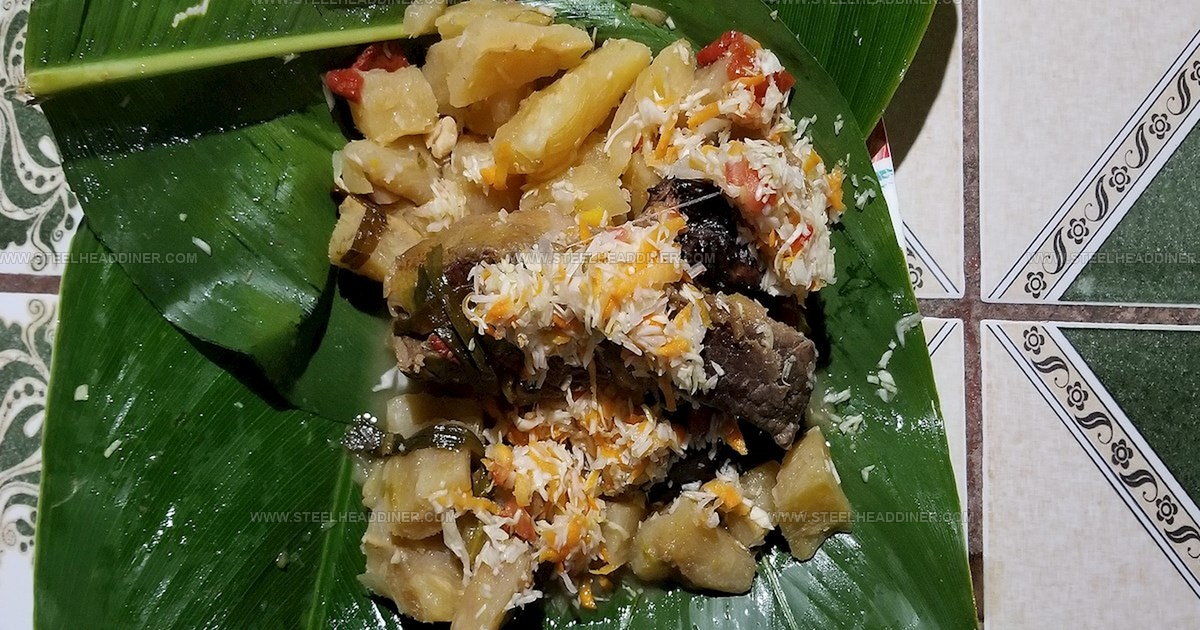


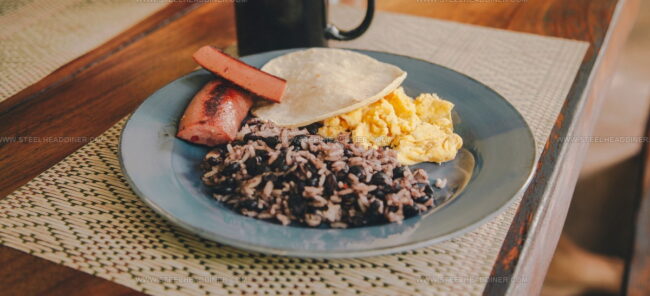
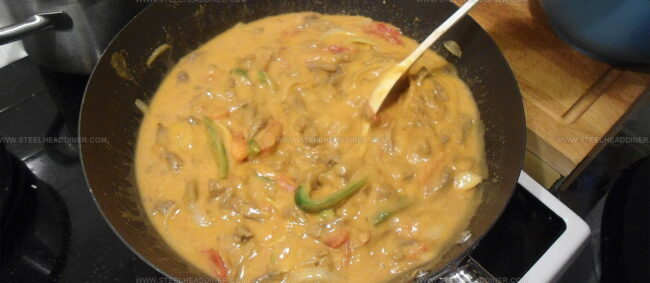
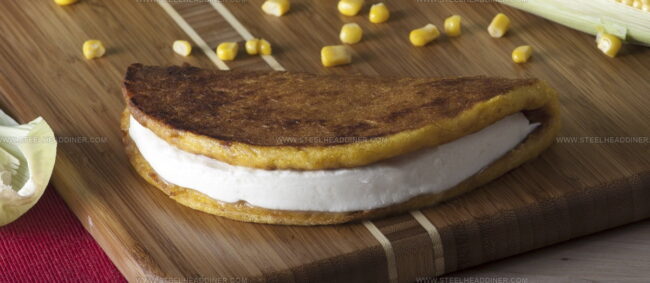
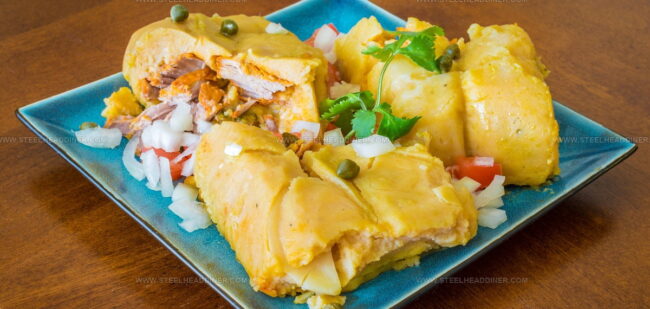
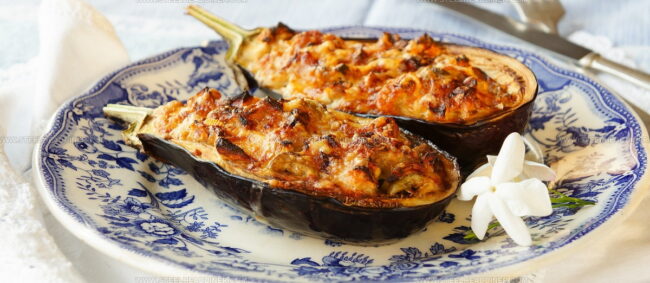
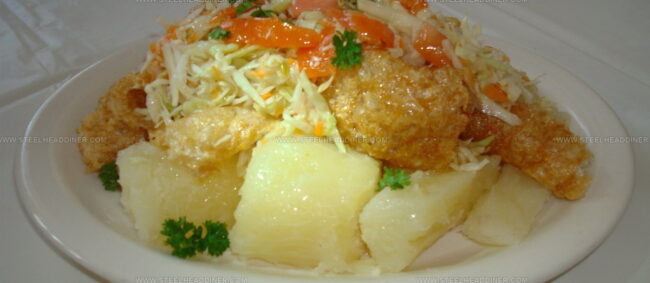

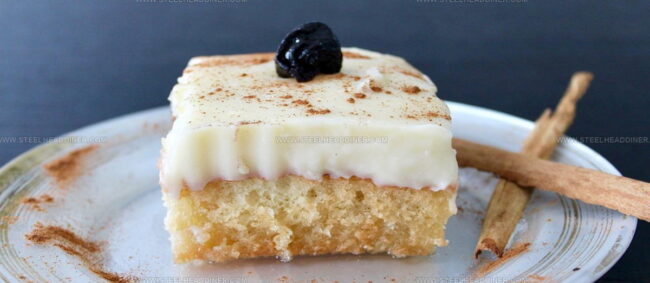
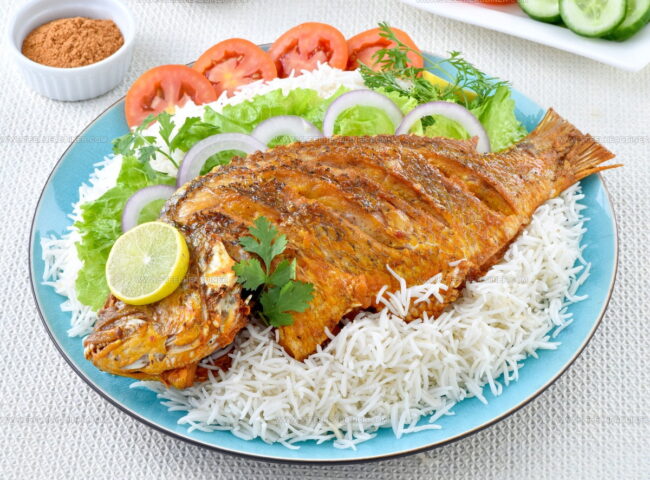
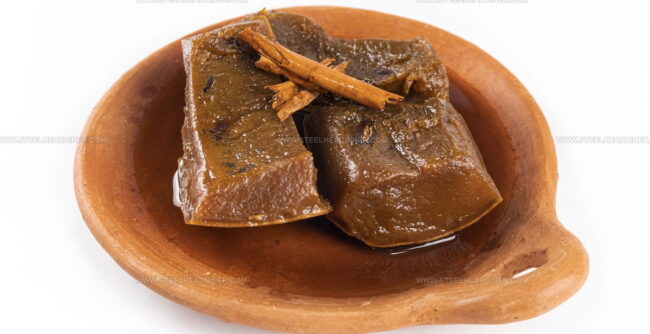
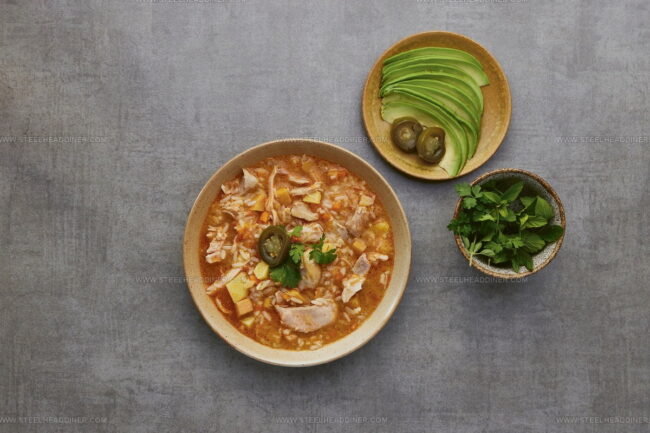
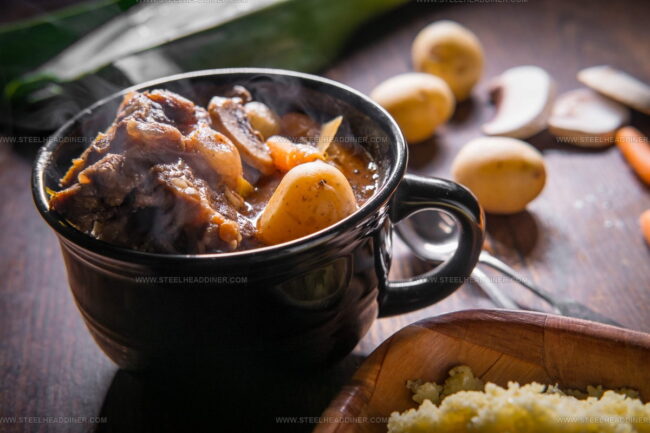
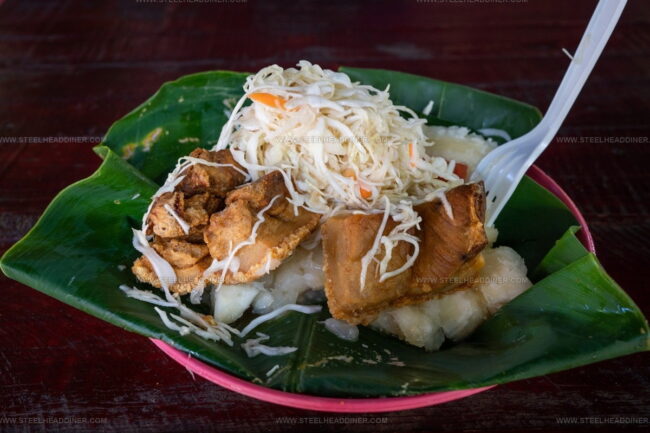
Jack Monroe
Founder & Recipe Innovator
Expertise
Pacific Northwest cuisine, Single-serving recipe development, Sustainable sourcing and cooking, Modern comfort food
Education
Brightwater
Associate of Applied Science in Culinary Arts
Focus: Sustainable cooking, seasonal ingredients, and food systems education
Jack grew up with a fishing rod in one hand and a cast-iron skillet in the other. After graduating from Brightwater: A Center for the Study of Food, he set out to prove that cooking for one could still taste like a feast.
Jack believes that food should feel real: fresh, fearless, and a little wild, just like the rivers he grew up around. For Jack, every single dish is a small adventure, and the best ones are the ones you can cook with heart, not hassle.